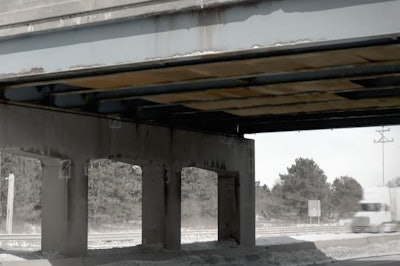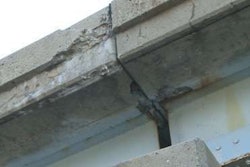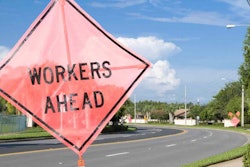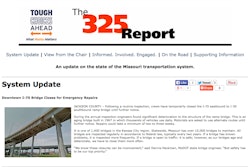 An image of a bridge with visible plywood barriers from the Safe Roads Yes! campaign supporting a rise in the Michigan sales tax for highway funding.
An image of a bridge with visible plywood barriers from the Safe Roads Yes! campaign supporting a rise in the Michigan sales tax for highway funding.If funding levels remain at current amounts, Michigan bridge conditions will steadily decline, according to the Michigan Transportation Asset Management Council’s (TAMC) 2014 annual report.
The TAMC was created in 2002 to “expand the practice of asset management statewide to enhance the productivity of investing in Michigan’s roads and bridges. Part of the TAMC’s mission is to collect physical inventory and condition data on all roads and bridges in Michigan.”
The council is made up of members of the Michigan Department of Transportation (MDOT) and municipality groups and commission affiliated with transportation.
In the group’s latest report, which TAMC is legally required to file every year, the state’s bridges have actually “plateaued” in condition and will only continue to worsen, reverting back to conditions “last seen in the early 2000s.”
The report also finds that one in seven of Michigan’s local bridges is structurally deficient, with 11.7 percent of highway bridges being in the same condition. This is slightly higher than the national average of 10.05 and is the highest percentage of any Great Lakes region state.
TAMC also recently created a series of online “dashboards” that provide road condition comparisons across the state. The 2014 Pavement and Pavement Comparison Dashboards provide overall views of pavements, pavement comparisons, bridge and bridge comparisons, traffic data, safety information, preventative road maintenance details, and statewide road and bridge expenditures by category.
On May 5 the state’s voters will cast their decision on Michigan Proposal 1, which would raise the state sales tax to 7 percent from 6 percent to eventually raise $1.25 billion a year for transportation projects.









